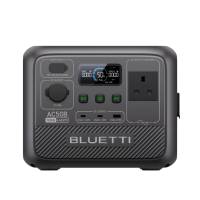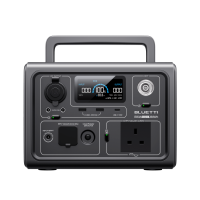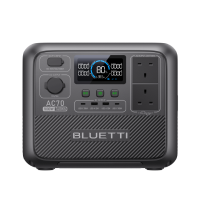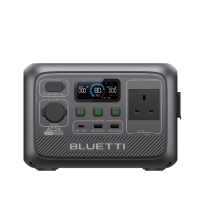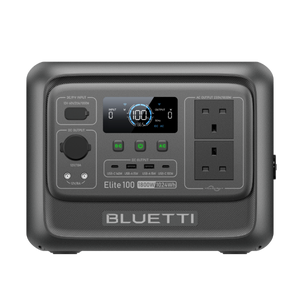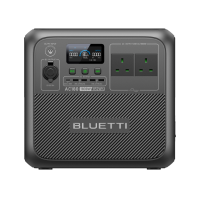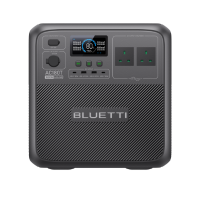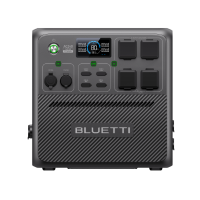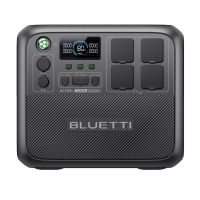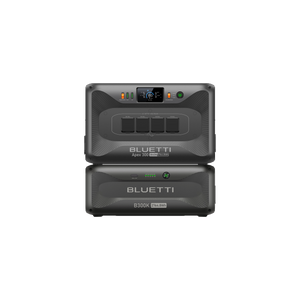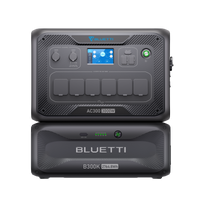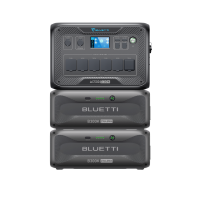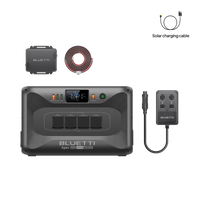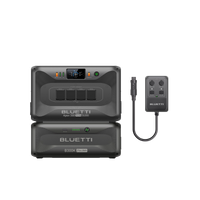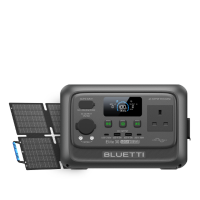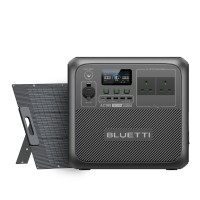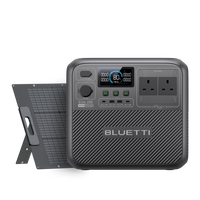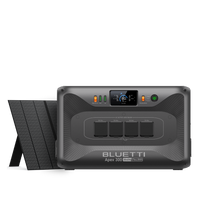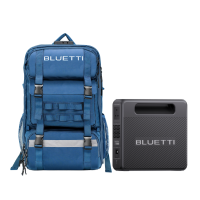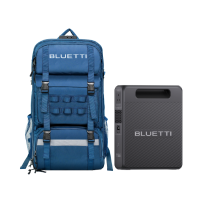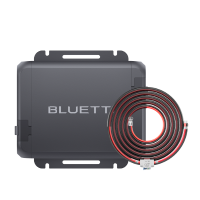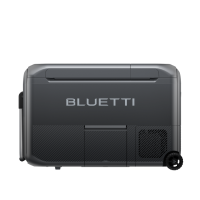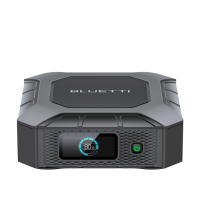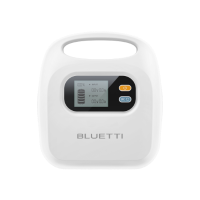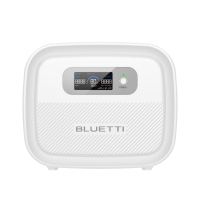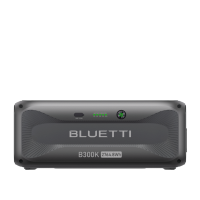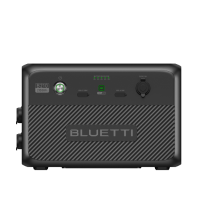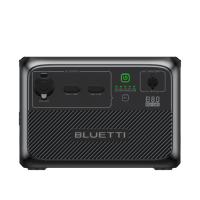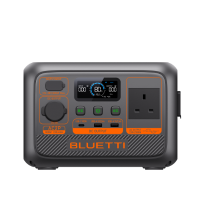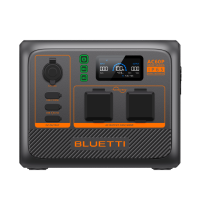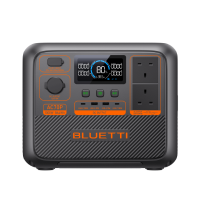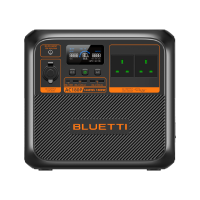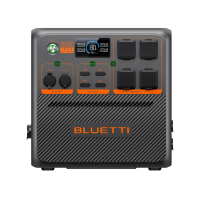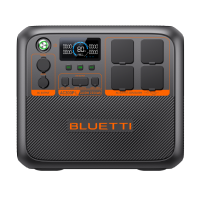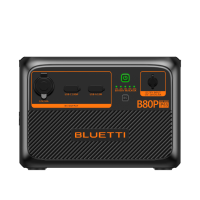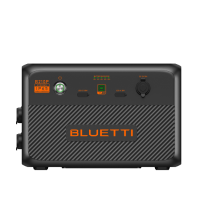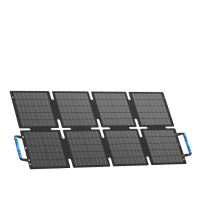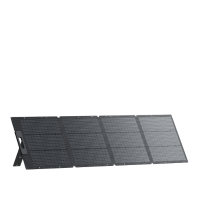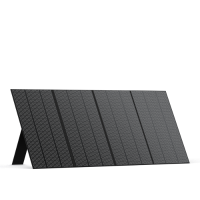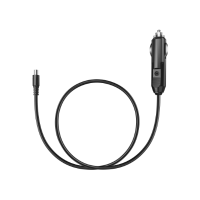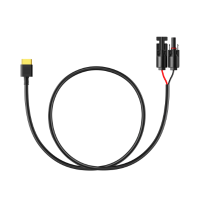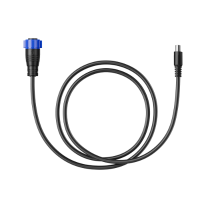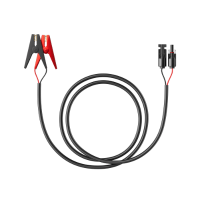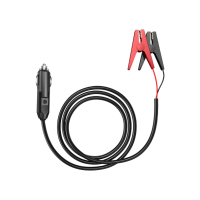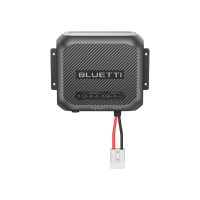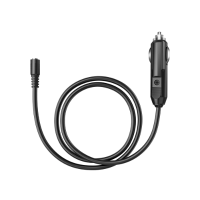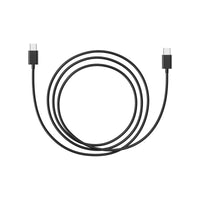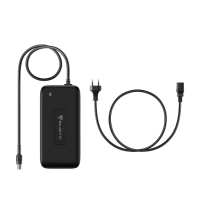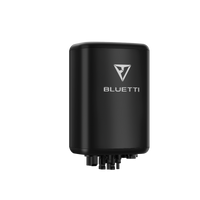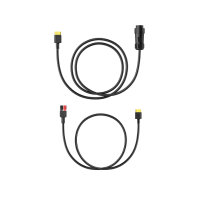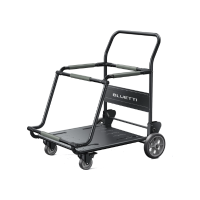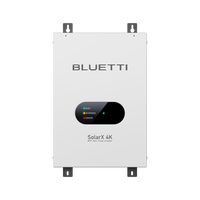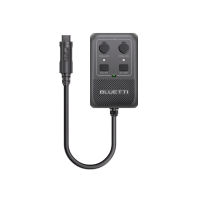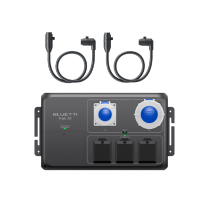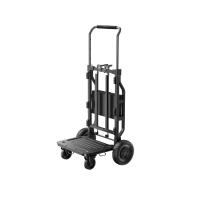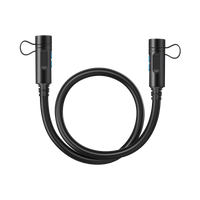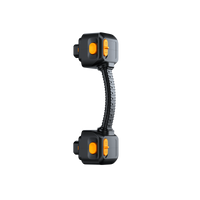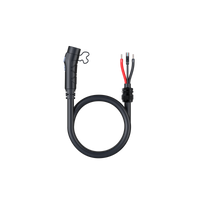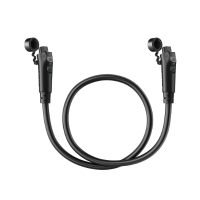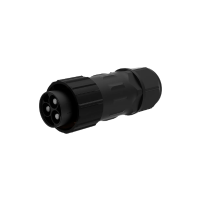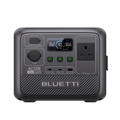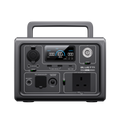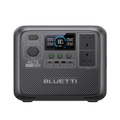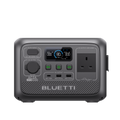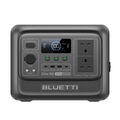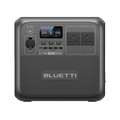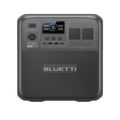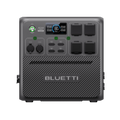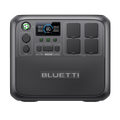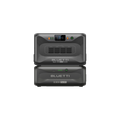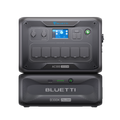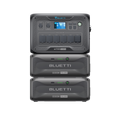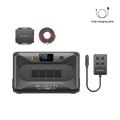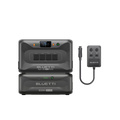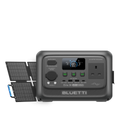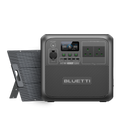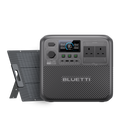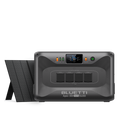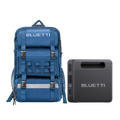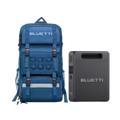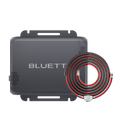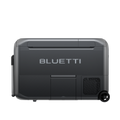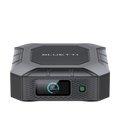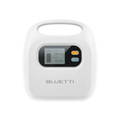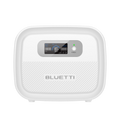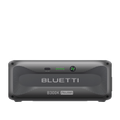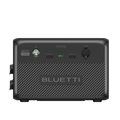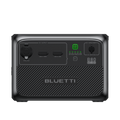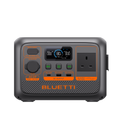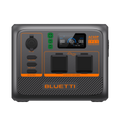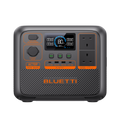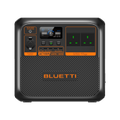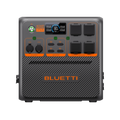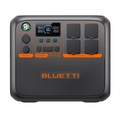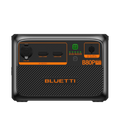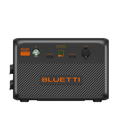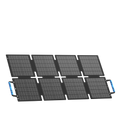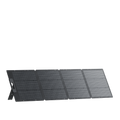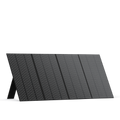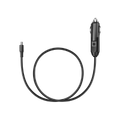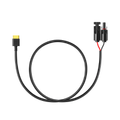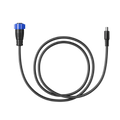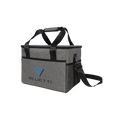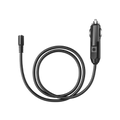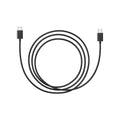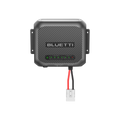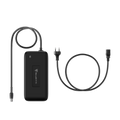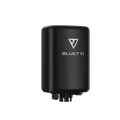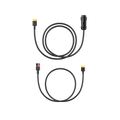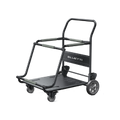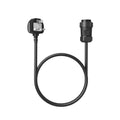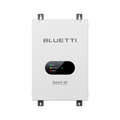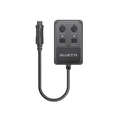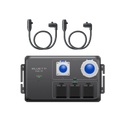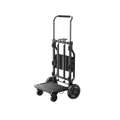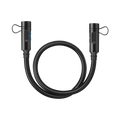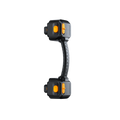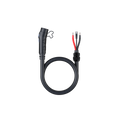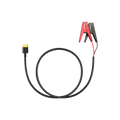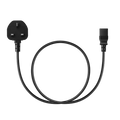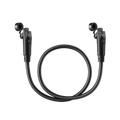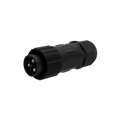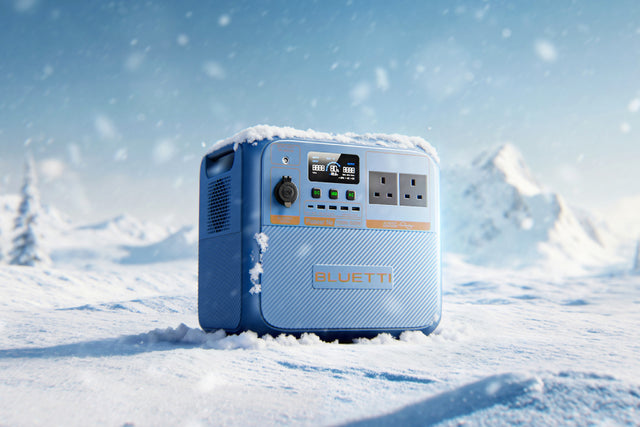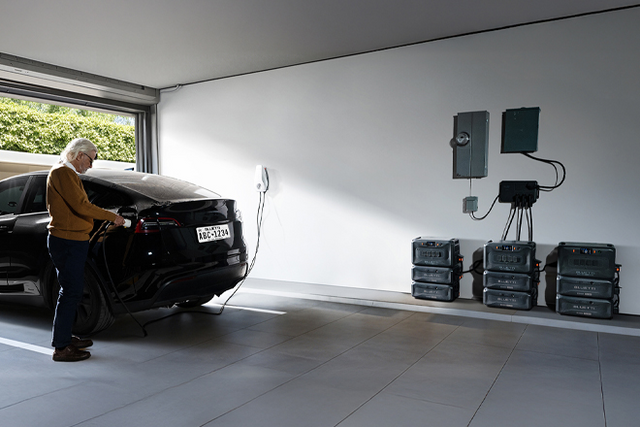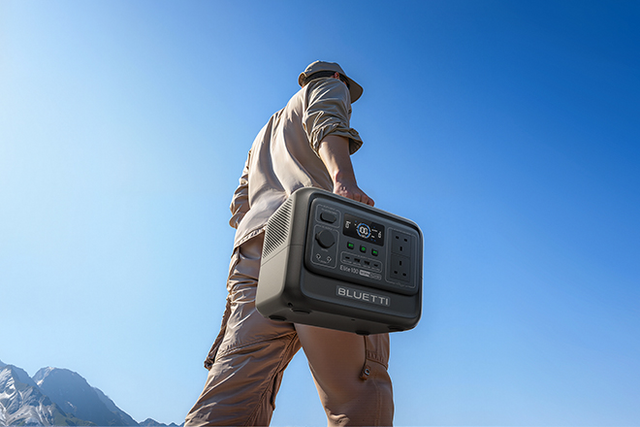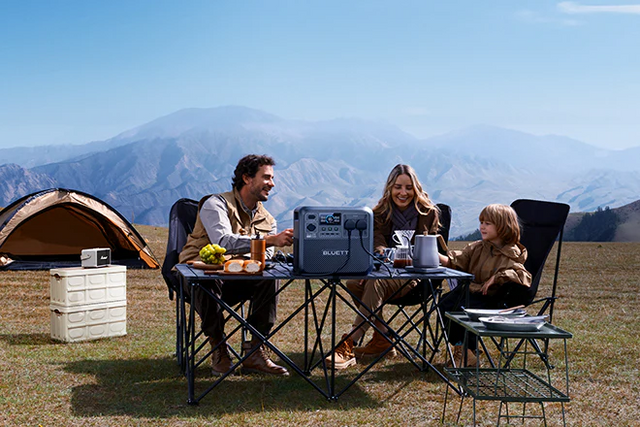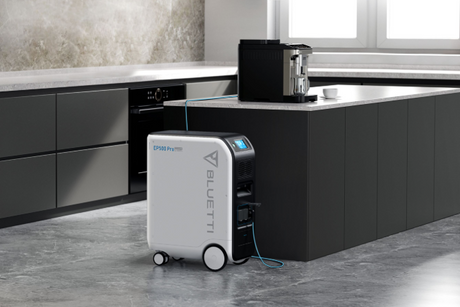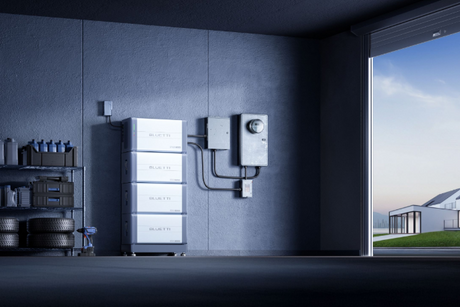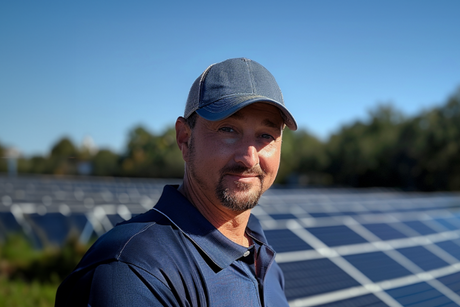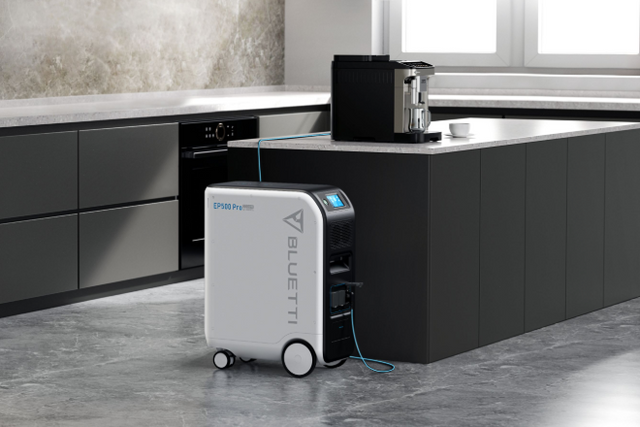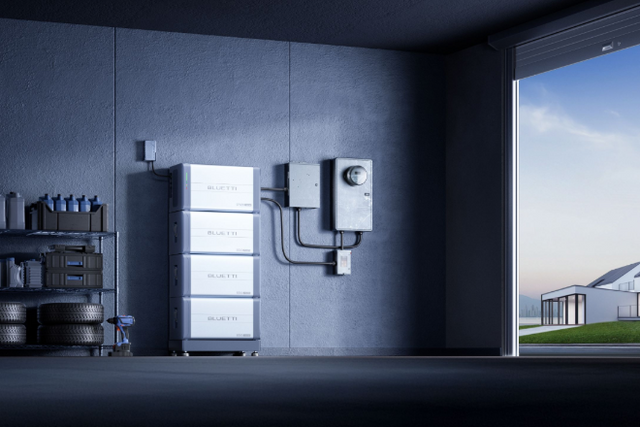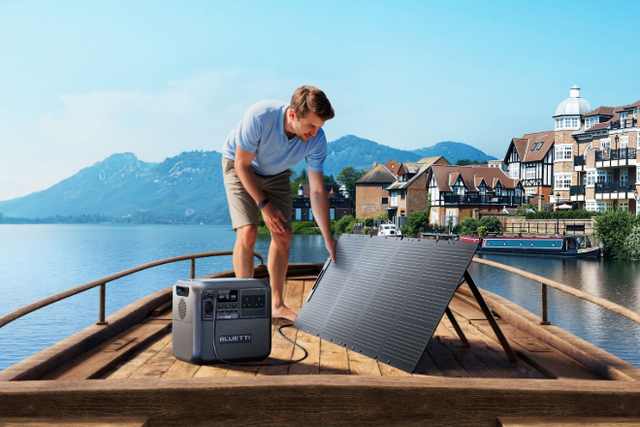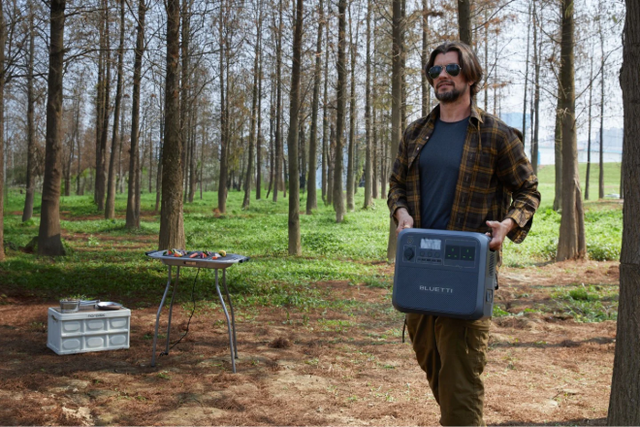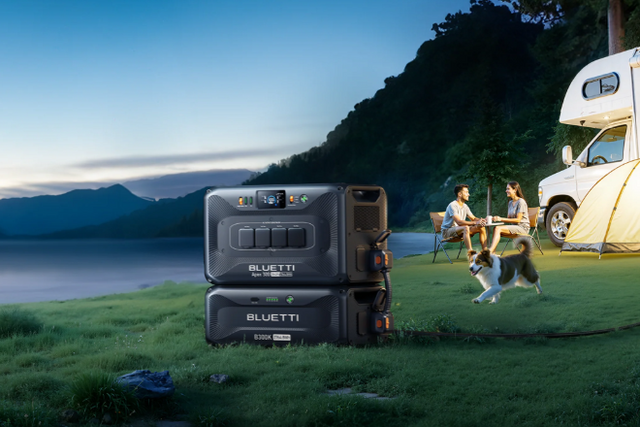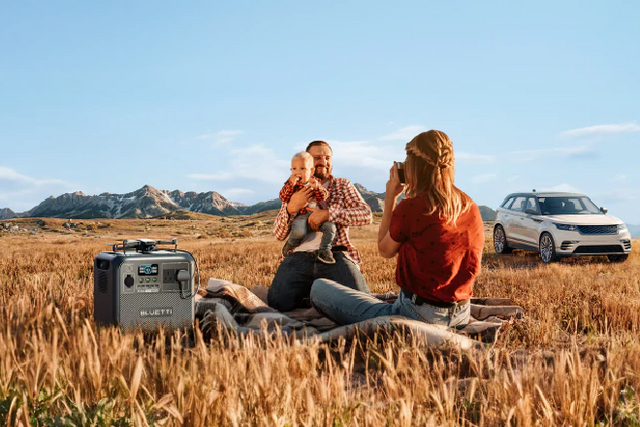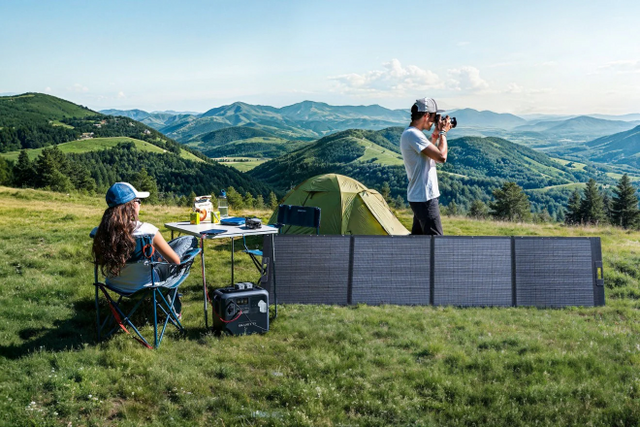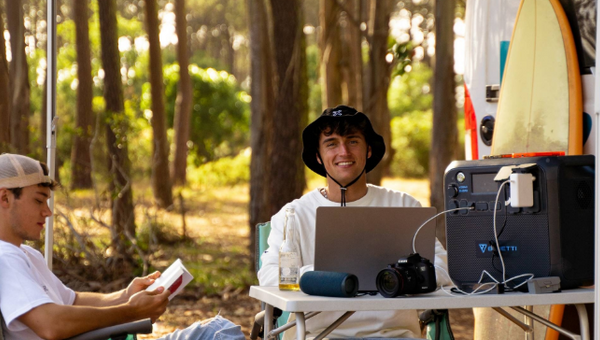
BLUETTI Pioneer Na Portable Power Station (Sodium-ion) | 1,500W 900Wh
1. Introduction
Ice fishing is an exciting activity that captivates adventurous anglers who are keen to find their unique skills under distinct conditions. Mostly in the UK, people enjoy fishing at rivers and lakes at mild temperatures. But a small group of adventurous people look forward to getting rare cold snaps when the water is freezing. Ice fishing is a technique that involves drilling a hole in frozen ponds and waiting for fish to bite under the ice. It's a quiet and meditative experience that is mostly set against the stillness of winter.
Weather conditions are totally unpredictable in the UK. There are limited ice fishing opportunities. The urge to do something unique makes it a sought-after challenge among fishing fans. Fishing on ice gives an adventurous and peaceful twist only if you are equipped with the right gear and strong safety awareness. In this guide, we will discuss all the key concepts of ice fishing, including the required gear and safety measures.
2. Can You Really Go Ice Fishing in the UK?
Ice fishing is something that is growing in popularity among British anglers who look for something beyond traditional fishing. While the climate in the UK is not as cold as it is in Canada, you may see short bursts of ideal winter conditions that open the door for this activity.
During winters, usually in December and February, small lakes and ponds in the Scottish Highlands and Northumberland, or the Yorkshire Dales, can freeze thick enough to spark ice fishing interest. These cold freezes don't last long, but highly encourage outdoor enthusiasts to explore the fishing on ice.

However, because UK winters remain unpredictable, the opportunities depend entirely on weather patterns. A week of sub-zero temperatures may be enough for a safe attempt in northern areas, but consistent ice thickness and safety checks must be made before setting.
3. Staying Safe on the Ice: Basic Rules & Ice-Thickness Tips
When you go ice fishing in the UK, safety is the most important factor to consider. Because of the unpredictable winter, temperatures in the region barely remain low enough to create a solid and consistent icy surface. Everybody must understand the signs of a safe condition. Every angler should never step onto a frozen surface before checking its stability.
Understanding Ice Thickness
Ice thickness varies on the surface, and it is highly important to understand its safe range before going to such places.
-
Under 7 cm, about 3 inches: It is an unsafe ice thickness for walking; you must stay off completely.
-
10–12 cm, around 4–5 inches: This thickness is safe for one person to walk or suitable for light fishing gear.
-
20 cm (8 inches) or more: It is needed to support groups, sledges, or light equipment.
The given numbers are for guidance. In the unpredictable weather conditions in the UK, the ice thickness can change drastically within a few meters. Always use a spud bar to test the thickness of Ice before stepping forward.
Moreover, the ice colour can also help you predict:
-
The strongest ice is clear and blueish, which remains steady in cold conditions.
-
White or opaque ice is weak, and it can contain air pockets of snow.
-
If it's grey or slushy, it signals the melting; never step on it.
Safety Gear for Ice Fishing
While planning ice fishing, proper safety gear can make all the difference. Keep your safety essentials before heading out for winter fishing on ice.
-
Fish with a partner: Whenever you plan, never go ice fishing alone; having someone nearby is essential to save your life in case of a fall.
-
Wear a floatation suit or life jacket: If the ice breaks, it adds buoyancy and insulation.
-
Carry ice picks or safety spikes: These spikes help you grip the ice and pull out while you fall through.
-
Mark your fishing holes: Once you are done drilling, mark your holes with flags or sticks to warn others.
-
Check weather forecasts: If sudden thaws or rain occur, it can weaken the Ice quickly, no matter how hard it was a day before.
-
Avoid inlets, outlets, and flowing water: Because ice near these areas is comparatively thin and highly unstable.
4. Essential Ice Fishing Gear & Power Solutions
Your success in ice fishing doesn't depend only on your bait and rod; it equally requires good gear, a reliable power source and shelter in extreme cold conditions. Let us discuss the essential gear and power solutions.
Ice Drilling & Fishing Tools

You may need a different tool for drilling and fishing.
|
Tool |
Purpose & Features |
|
Ice auger |
To drill holes through the Ice |
|
Skimmer/ice scoop |
To clear the slush and broken Ice from the hole |
|
Ice chisel / spud bar |
To test ice thickness gradually |
|
Short ice fishing rod/jigging rod |
Compact rods that let you fish through small holes |
|
Line, leader, lures & jigs |
Specialised for cold-water fishing |
|
Tip-ups / flag rigs |
For passive fishing |
Shelter & Warmth
Ice fishing does require staying warm and protected from the wind:
-
Ice fishing tent/shelter / portable hut: These are necessary to retain heat and stay safe.
-
Thermal / cold-weather clothing: To protect yourself from extra cold winds, better to have the waterproof layering.
-
Hand and body warmers: Get disposable chemical warmers that are rechargeable to make your open body parts warm.
-
Portable heater/stove: To cook food for yourself or for heating purposes.
-
Insulated ground pads: Used to sit on ice, ensuring the lowest heat loss
Electronics
Modern anglers bring advanced electronics to achieve success in ice fishing.
-
Fish finders like a flash to read beneath the ice.
-
An underwater camera to understand the fish behaviour.
-
LED lights or a headlamp for low-light periods.
-
Smartphone for mapping logging holes and emergencies.
-
Backup power source to get your electronics charged on the go.
Portable Power (for Cold Conditions)
Ice fishing involves so much that requires power for electronics, lights, heaters, etc. Mostly in sub-zero environments, it is one of the biggest challenges. Normal batteries fail to operate in such cold weather. Therefore, you need a good low-temperature power station to get the expected power.
BLUETTI Pioneer NA

Above multiple power stations, one promising option is the BLUETTI Pioneer NA portable power station. It is specifically designed to operate well in cold weather:
-
BLUETTI Pioneer NA is equipped with sodium-ion battery chemistry, which allows it to operate well at much lower temperatures than traditional batteries.
-
BLUETTI Pioneer NA comes with 900Wh capacity and a continuous output rating of 1,500 W, which makes it charge many common devices and smaller heaters easily.
-
It can discharge (i.e., power devices) down to –25 °C, and charge at temperatures as low as –15 °C, which is a significant advantage while typical power stations struggle hard below freezing.
-
Power Lifting Mode gives a temporary boost for heavy loads.
-
It gives 1.5 W standby loss, which means it works after months of sitting idle.
-
Above all the features, its portable size makes it super easy to carry on ice fishing.
5. Pro Ice Fishing Tips for UK Anglers
If you are a UK angler and desperately want to go ice fishing, make sure to follow these ice fishing tips:
Finding the Right Spot
The right spot means to focus on small, sheltered lakes or ponds, because these spots freeze evenly during cold spells, especially in Scotland or northern England. You can target areas with weed beds, drop-offs, or structures if fish stay active there in winter.
Choosing Bait and Presentation
When you are looking for bait, ensure you use small jigs, spoons, or live bait like worms. Move slowly as fish are sluggish in icy cold temperatures. If there is light tackle and a thin line, it improves your chance of a natural bite.
Weather, Timing & Patience
While we talk about the weather, peak winter is perfect for your hunt. Look for cloudy days to be more productive. Fish bite best during mornings and also in late afternoon. Moreover, it is necessary to stay patient; it's all about calm focus and persistence.
Conclusion
If you are looking for ice fishing in the UK, it is possible only if you have the right equipment and gear with you. Looking for weather conditions and suitable timings can help you enhance your experience. Moreover, to have a reliable ice fishing experience, you need portable power that can save you in bad weather, nights, or difficult situations. BLUETTI Pioneer NA can help you stay charged all the time and is highly portable to handle on the go.
6. FAQs
Where can I go ice fishing in the UK?
Suppose you are looking for ice fishing in the UK, there are rare opportunities that are weather-dependent. You can occasionally find safe ice conditions in northern regions and higher elevations:
-
In Scotland, you may find the Cairngorms, Loch Morlich, or Loch Insh, where the temperature can stay low for an extended period.
-
In England, spots in Cumbria, the Lake District, or Northumberland may briefly freeze during severe cold snaps.
However, the ice may be thin for safe fishing. Always check for local conditions and seek permission from landowners, and never venture unless it's thick and stable enough.
Which fish is ideal for ice fishing?
If you are looking for the best fish for ice fishing that stay active in cold water and can be found in shallow or mid-depth areas during winter, consider Perch, Roach, Pike and Trout.

What is the needed gear for ice fishing?
To enjoy ice fishing safely and comfortably, you’ll need specialised tools, warm clothing, and reliable power.
Must check before you go:
-
Ice Auger to drill
-
Skimmer or Scoop to clear slush
-
Short Ice Fishing Rod
-
Bait and Lures
-
Shelter or Tent
-
Thermal Clothing & Boots
-
Safety Equipment, including Ice picks, a rope, and a flotation jacket
-
Electronics, including a fish finder or underwater camera,
-
Portable Power like the BLUETTI Pioneer NA keeps your electronics, lights, and heater running efficiently in freezing temperatures.
What do beginners need to get started with ice fishing?
New anglers to ice fishing should start simple and focus more on safety and preparation.
-
Plan fishing only when the ice is thick and clear, almost 10 to 12 cm.
-
Start with a small lake or sheltered pond that freezes evenly.
-
Must add your ice auger, short, sail jigs or live bait and some safety tools.
-
Have a partner along to ensure you have help.
-
A portable heater or small tent and a reliable power source are a must. BLUETTI Pioneer NA can be your convenient choice in such freezing temperatures.
-
Fish move slowly in winter, so stay gentle and calm.


